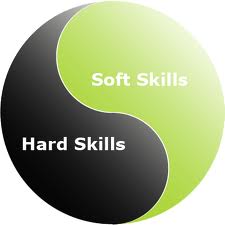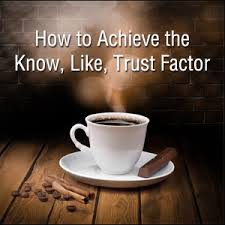Are you where you want to be? Has your career, team or organization drifted? Do you feel stress, or worse, despair?If you are asking yourself questions like, “How did I get here?” or “How do I change this situation?” congratulations you are aware the “Drift.” Thankfully, you may also be poised to align awesome and create the amazing results you desire.
What is the drift? It is a slow personal or organizational shift. It can be caused by what I call “cloudy and scary thinking” or by market conditions or by operating on autopilot for too long.
Drift occurs when leaders, teams and organizations shift from vision and purpose to operating from conditioning and habits. Results become minimal. Engagement, satisfaction and fulfillment drop and impact disappears. Real issues, problems, and opportunities begin to get overlooked.
The drift may feel like that place of “just doing stuff” or being busy without accomplishing your desired results. As the drift intensifies you may start searching for an external cause or looking for someone to blame rather than working to get back in alignment.
High achievers are quick to recognize the drift. Yet not all leaders and high achievers have the courage to shift the focus from a searching for the cause to moving toward a solution. Simply knowing the cause does not solve the problem or allow you to take advantage of opportunities.
Here are three signs you may be experiencing the drift:
- You feel overwhelmed or feel your options are limited.
- No matter what you do, you feel the action is not optimal.
- You are feeling unsure, uncomfortable or unsafe and you see only limited options to the current situation.
The secret is to experience the drift — like the wind on your face.
To avoid getting caught in the “cloudy and scary thinking,” pause and elegantly move toward a solution. Be wary of searching for the cause — this small drift can move you into the full force of a storm current.
Here is my favorite example of the drift:
You’re on the highway driving at 65 mph. You realize you are in the far left lane, traffic is tight and the exit you want is 1/4 mile ahead. You look ahead, right, and in the rear view mirror. After looking you think there are VERY limited options available. Will you make the exit, crash, or be late?
Do you feel the signs above?
Can you pause and stop the “cloudy and scary thinking?”
Will you be honest with yourself? Will you trust your internal wisdom?
If you do and hit the pause button on your thinking, you will be able to feel your way through the drift. You’ll realize safely changing lanes is not possible — you will not execute the exit.
Don’t go searching for the cause, you only have a 1/4 mile at 65 mph!
Feel the gentle wind on your face and ask yourself what is the purpose of your drive?
What is your work right now? What is the impact you want/need? What are your options?
Pick one of your options and move forward with clarity and purpose.
If you have allowed your drift to move you toward the storm current, the course correction may take a little longer. If you want something different from your work, select a new option.
When you are ready to align awesome contact us. We will help you build a team to help you move to the next level and create the success you want.
Remember when you can no longer see your blind spots or your options seem very limited it may be time to find a guide to help you transform your results.
What is your best example of the drift? Share it below.



 Last week, I shared how one experience created many limitations for me over the years in both my career and in business. I allowed the past to limit my future.
Last week, I shared how one experience created many limitations for me over the years in both my career and in business. I allowed the past to limit my future. Are you becoming better and more knowledgeable in your field and your role? It is easy to fall into the trap of doing the same thing over and over.
Are you becoming better and more knowledgeable in your field and your role? It is easy to fall into the trap of doing the same thing over and over.




